Fuel Additives to Winterize Boats, Motorcycles, Small Equipment
Winter is coming, so its time for many people around the country to put up their small equipment for the winter – lawn mowers and equipment, boats...
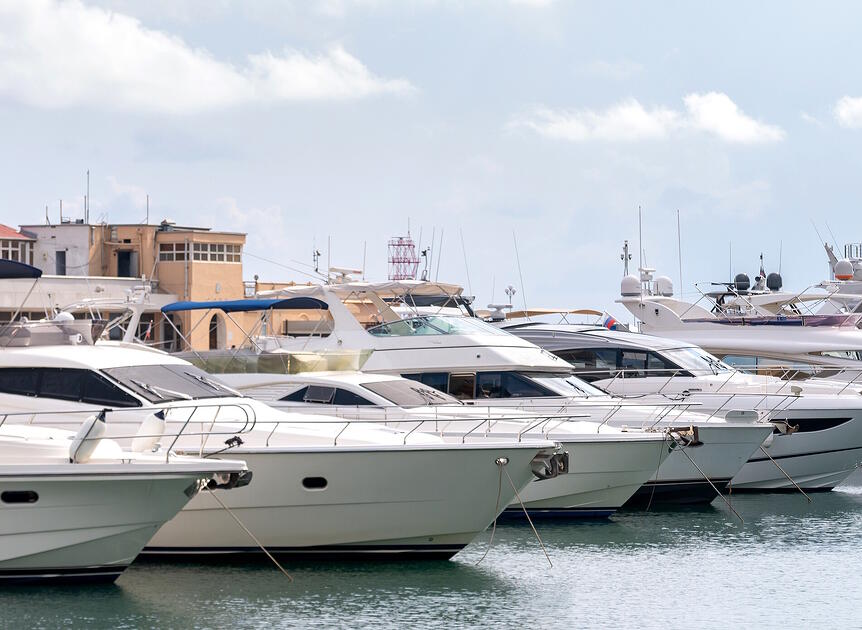
Now that Labor Day has passed, boating season is coming to an end while cold weather looms on the horizon. The engine is the most expensive part of your boat, so it's important to treat it right. When it comes to taking care of the boat in preparation for winter, putting in a little work ahead of time will save you (potentially) thousands of dollars. Not doing anything for your boat and leaving it out in the cold weather can lead to some nasty scenarios (maybe a cracked block or housing) that can quickly drain your bank account.
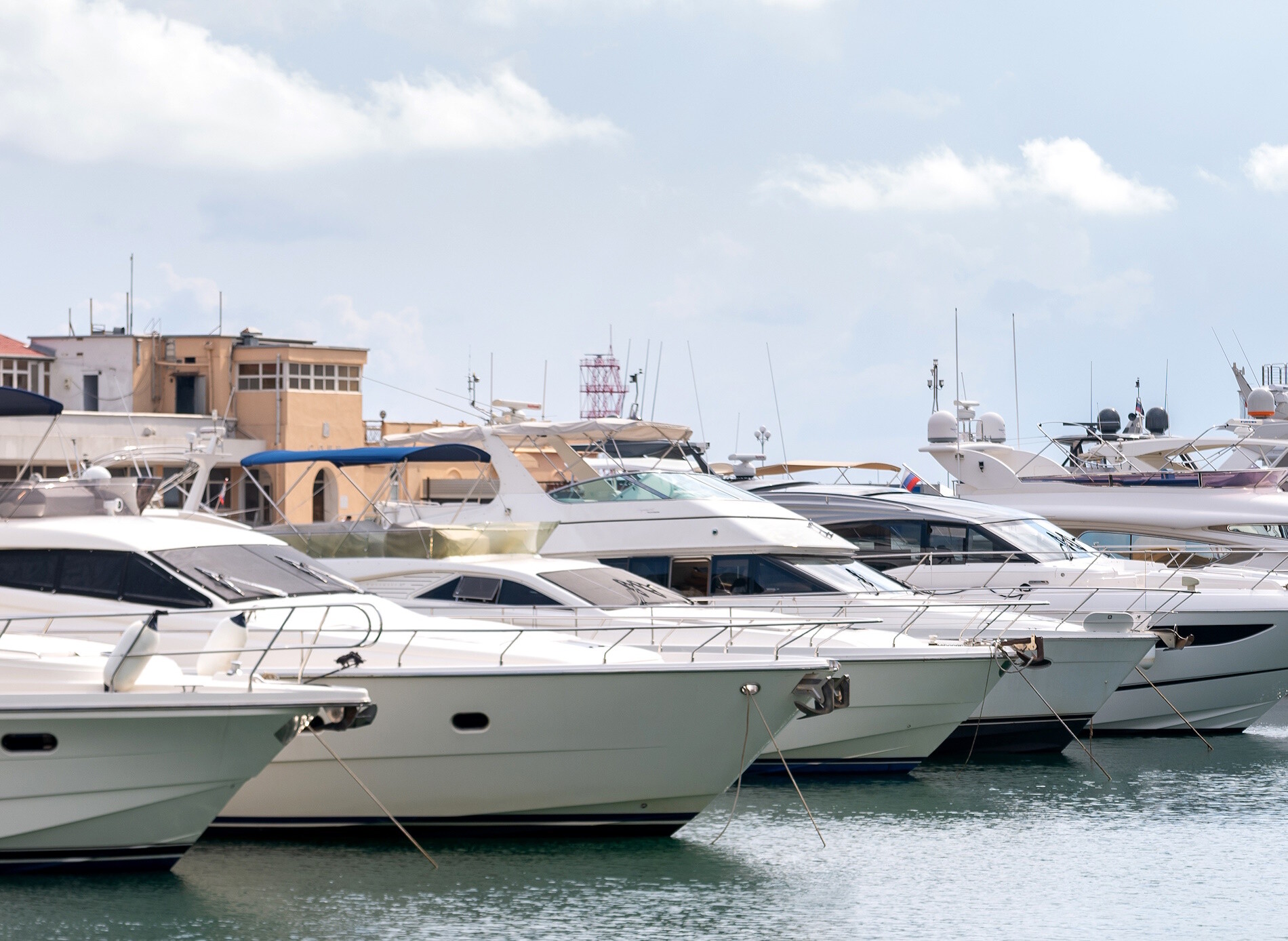 So put your boat's engine to bed properly at the end of boating season. It will help you get back into the water next spring a lot more quickly and with a lot less hassle.
So put your boat's engine to bed properly at the end of boating season. It will help you get back into the water next spring a lot more quickly and with a lot less hassle.
In the second part of this series, we look at inboard motors. Remember that the default advice for winterizing and taking care of all parts of your boat is to consult your owner's manual. All the information presented in these two blogs is intended to supplement those instructions from the manufacturer.
These are some of the essential steps you need to take to get your inboard motor ready for winter hibernation:
The coolant should be replaced once a year, so the end of the season is the perfect time for that. During the boating season, the coolant will lose its anticorrosion properties over time. Replace the old coolant with a 50-50 mix of fresh coolant to continue the protection into the beginning of the next boating season.
We all know the importance of oil changes for protecting and extending engine life. One tip is to take the boat out for a final ride before you start the final oil change (but after you change the coolant as above). This gets the oil hot and puts the sludge and contaminants back into suspension, ready to be removed during the oil change. It also distributes the fresh coolant you just put in. Remember also to replace the oil filter.
Topping off fuel tanks and using biocide solves the problems of water condensation and microbial growth in the fuel. Both of these are potentially serious problems for diesel engines.
Shut off the fuel supply and let the engine run until it stops.
Spray fogging oil into the air intake while the engine is running. Finish by doing an extra shot of oil at the point when the engine runs out of fuel and starts to die.
As we said in the previous article on outboard engines, it may not be practical for some people to empty their fuel tanks completely. For those situations, go the opposite direction and fill the tank full of fuel up to about 95% capacity. Your aim is to minimize the amount of condensate water that the ethanol fuel will attract over the winter. And it surely will attract the water if the boat is stored with fuel in the tank. Gasoline with ethanol is subject to phase separation if water gets into the fuel. Filling the tank limits the air space inside the tank and reduces the potential for internal condensation. Dose the gasoline with an appropriate amount of stabilizing ethanol additive.
Flushing with fresh water cleans out salts and other contaminants that could degrade internal components if left sitting in your system. If you have a fresh-water flush connector, use it. Otherwise, close the intake seacock and disconnect the hose on the outlet side of the raw-water pump. Disconnect the cooling-water discharge hose from the exhaust manifold or riser. Run fresh water into the discharge hose to back-flush raw-water passages and rinse out the salt deposits. You can extend the disconnected pump hose outside the boat or let the bilge pump handle the flush discharge.
The raw water circuit has potential problems with both freezing and corrosion from air exposure. After flushing, reconnect the water-pump outlet hose. Insert a funnel into the disconnected discharge hose and pour a 50-50 mix of propylene glycol antifreeze into the funnel until the hose will not accept more. Allow the mixture to remain inside the block for several minutes, then open all raw-water drain plugs and drain the engine. This treatment leaves behind a layer of corrosion protection on the water-jacket, and it freeze-protects any water that might be harbored in low spots inside the engine.
This treatment is also applicable to protecting the heat exchanger on a fresh-water cooled engine.
Antifreeze swells some rubbers, so rinse the extracted impeller as a precaution. Then grease the impeller and reinstall it. Some boaters prefer to leave the impeller out until the following season.
Remove the spark plugs and spray fogging oil into the holes. Then fire the starter (bump it) a little bit to spread the oil on the cylinder walls. Recap your spark plugs or get new ones if they don't look good, and reinstall.
Spray some fogging oil into the intake manifold and turn the engine over slowly by hand to draw the oil into the cylinders and spread it. It is important that you do not want to fire the starter to spread the oil because fogging oil can cause diesel engines to start in this manner.
This cuts down on potential corrosion.
Maintain all painted surfaces to keep corrosion at bay.
Extract the control cables from their housings and coat them with grease. If you cannot remove them, you can try taping an oil-filled bag tightly around the high end of the housing. The enclosed oil will work its way down the cable over time. Lubricate the linkages and pivots.
You want to keep moist air from getting inside your engine and tanks during storage. Seal the air inlets, crankcase and transmission breathers, exhaust outlets, and tank vents. one idea is to fabricate caps from plastic containers and tape them in place with plastic tape to create an airtight seal. Be sure to do this on a dry day so you do not seal in moist air, and try to get all of the openings complete except for the fuel tank vent.
If the boat will be stored in the water, tighten the stuffing box to eliminate any dripping. Tag it to remind you to readjust it in the spring.
A stern drive is, in principle, an inboard engine married to an outboard drive system. If your boat has a sterndrive you will need to follow the inboard list for protecting the engine, but add to that several items from the outboard list for protecting the lower end. An additional requirement is filling the drive shaft housing with the appropriate lubricant. Remember that a stern drive needs to be in the full-down position for draining the water passages and for checking or adding gear lube. Store it in the down position.
Winterizing can be a hassle but will pay off by saving you big bucks in the future.
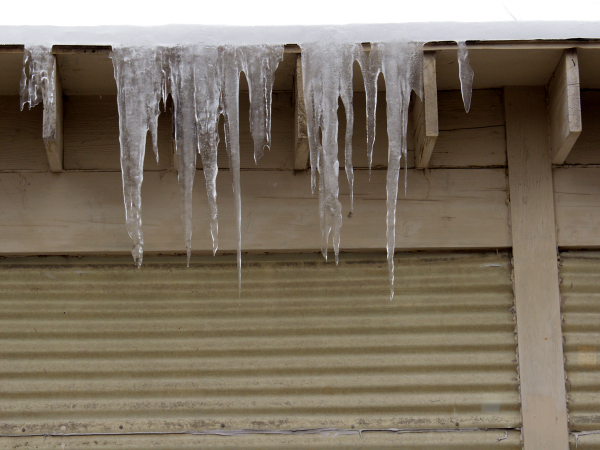
Winter is coming, so its time for many people around the country to put up their small equipment for the winter – lawn mowers and equipment, boats...
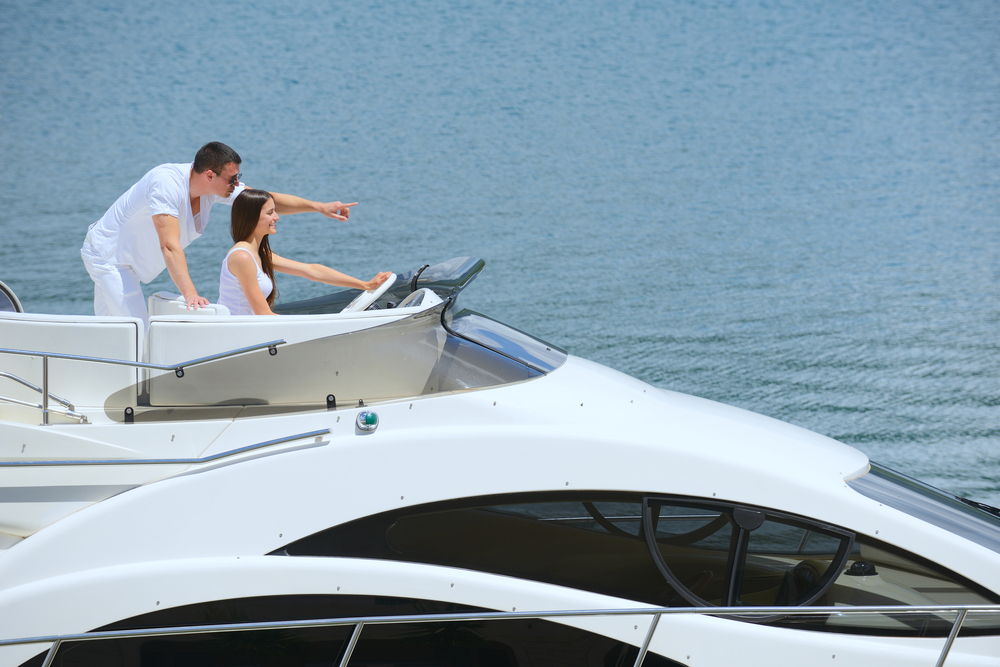
No matter what kind of boat you own, if you’re like most boat owners you want to squeeze out as much horsepower from it as possible.
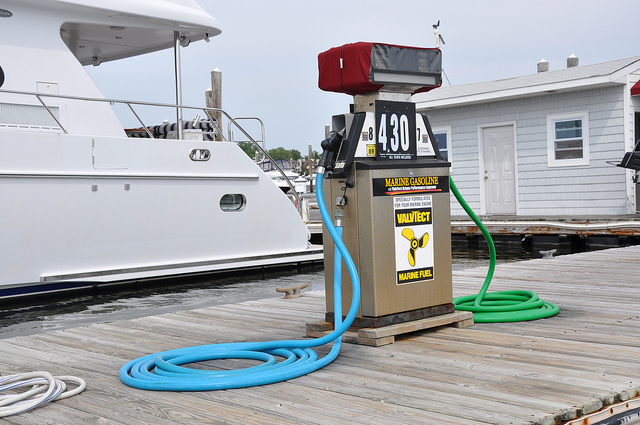
Owning a boat is a labor of love for many of us in that we only get to use them for parts of the year and they're very time-consuming to maintain.